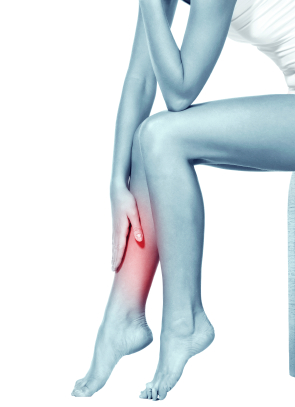Many people suffer constant niggles and aches, often with a pattern that is hard to discern. Some day’s pain free other days it is there, apparently at random. Low back pain and pain that goes down the legs called sciatica is very common.
Checking and correcting spinal posture can really help to minimise the mechanical stresses on the body:
The following is an explanation of the effect of poor posture on the muscles attached to the spine:
A muscle stretched beyond the physiological resting position tends to weaken. This is called “Stretch Weakness”. On the flip side, muscles kept in a shortened position tend to lose elasticity. They may test strong in the shortened position, but become weak as they are lengthened. This is called “Tight Weakness”.
These two effects are often present in people who have poor posture or sit at a desk all day. Some of the short-term effects of this profile are pain from stress to the shortened structures, and a predisposition to injury or overuse syndromes, due to strength and flexibility imbalances.
These postural imbalances cause the forward head and round shoulder posture profile, which in turn:
1. Decreases the load-bearing capabilities of the spine
2. Increases the loading on its supportive musculature
3. Decreases the flexibility and strength of the supporting musculature.
To give yourself the best possible chance of being pain free, good posture is a sensible starting point, this is why we measure it so carefully.
